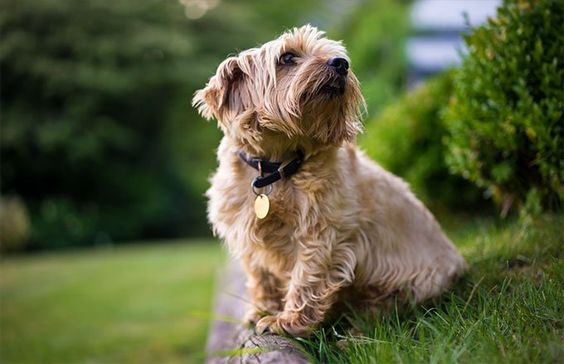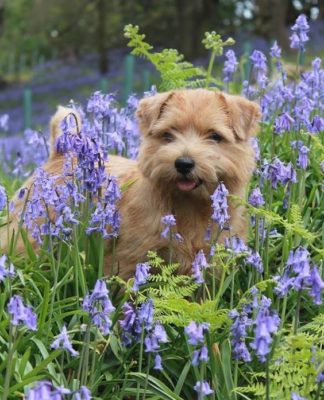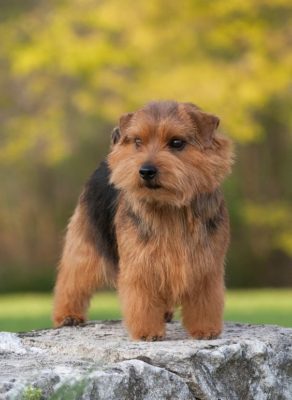Norfolk Terrier
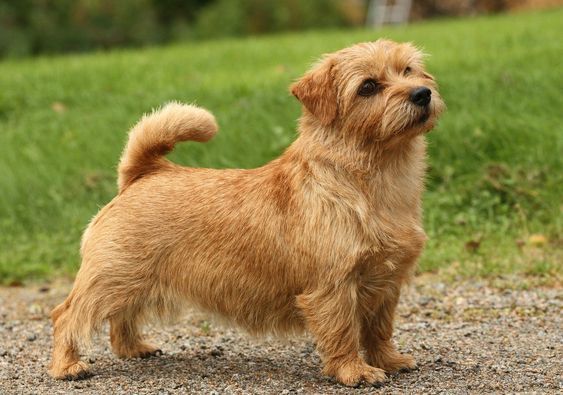
Norfolk Terriers are active and intelligent dogs. They do not make good loners. Dogs prefer to be with their owner all the time. Terriers, as a rule, are interested in everything that family members do. The owner of such a dog should always think about his leisure time. Otherwise, the animal will start to be mischievous. Like all terriers, they may chew and dig if they are bored. They tend to be stubborn.
Table of Contents
Breed Information
| Another Name | – |
| Origin | Great Britain |
| Height | Males 22-25 cm Females 10-23 cm |
| Weight | Males 3-5.5 kg Females 2-4 kg |
| Fur | Stiff, medium |
| Color | Black (including shades of gray), brown, tiger, beige |
| Lifespan | 12-15 years |
| FCI Classification | Terriers |
| Group | Watchdogs, for children, for the apartment |
| Price | $400-900 |
Breed Photos
Origin History
The Norfolk Terrier, a close relative of the Norwich Terrier, was born in East Anglia. These two breeds were popular at Cambridge University among students in the nineteenth century. A dog named Rex, who lived in a stable near Norwich, became the founding father of the Norwich Terrier. Breeders crossed other terriers with Rex and his offspring. The result was an excellent rat and fox hunter.
The Norwich Terrier was introduced to America in 1914. The American Kennel Club recognized the breed only 22 years later. The Norwich and Norfolk Terriers were considered one breed until 1979.
Appearance
The Norfolk Terrier is a small dog with floppy ears. It is one of the smallest terriers. The Norfolk reaches a height of 25 cm at the withers and 22 cm in females. An adult male dog weighs 5 kg, and bitches weigh up to 4.
The Norfolk coat is short, stiff, and straight. The breed has a pronounced undercoat. The Norfolk molts twice a year. The colors can be red, wheat, black, tan, black and gray, or red and white mixed with a gray pattern.
Character
Norfolk Terriers are active and intelligent dogs. They do not make good loners. Dogs prefer to be with their owner all the time. Terriers, as a rule, are interested in everything that family members do. The owner of such a dog should always think about his leisure time. Otherwise, the animal will start to be mischievous. Like all terriers, they may chew and dig if they are bored. They tend to be stubborn.
Norfolk Terriers need constant interaction with people. They get along well with other dogs and cats, especially if the animals were raised together.
Norfolk Terriers are excellent guard dogs. But size does not allow the dog to show his authority in front of an aggressor. Norfolks can bark excessively if not properly trained. The dog may pull on the leash. Owners are discouraged from walking an animal without a leash. The hunter’s instinct may encourage the dog to chase small animals and children.
Norfolks are ideal for people who need a small and active dog. The animal does not require a large yard. Terriers don’t feel well when left alone for long periods.
Care
This breed is easy for the owner to take care of. During shedding, the dog should be brushed twice a week. At other times – much less often. The Norfolk Terrier should be treated against fleas, ticks, and other parasites. It is an uncomplicated systematic work to minimize the risks of various diseases.
The pet should be bathed no more than once a month. After a walk, the owner can wipe the pet with a damp towel. Norfolk ears should be washed once a week.
Training
Training needs to start early. They should be clear and consistent but gentle – Norfolk is very sensitive. In typical terrier fashion, he can be stubborn. The Norfolk loves his food. So a tasty tidbit can help convince your dog that complying with your wish is a good idea.
Master control is vital for Norfolk. Because its instinct to hunt, combined with its complete lack of sense of the road, can easily lead an animal into trouble.
Common Diseases
The hardy Norfolk Terrier has no particular health problems. However, there is a tendency to certain diseases:
- epilepsy;
- hip dysplasia;
- sensitivity to anesthesia.
Nutrition
The owner always has a choice – to feed the pet dry food or by-products. The basic rule that every dog owner should know is that the daily feeding rate directly depends on the amount of exercise that the Norfolk Terrier has spent during that time. The bowl of food should be removed 15-20 minutes after serving. It does not depend on whether the dog has eaten the food or not. Unlike food, the Norfolk Terrier must have constant access to water.
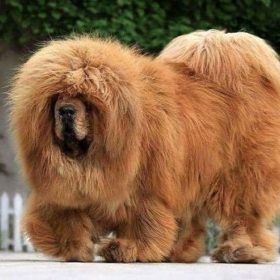 Tibetan Mastiff
Tibetan Mastiff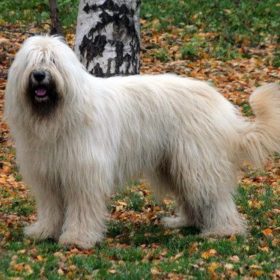 South Russian Ovcharka
South Russian Ovcharka Dogo Argentino
Dogo Argentino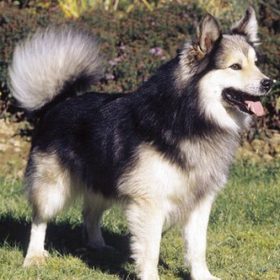 Icelandic Sheepdog
Icelandic Sheepdog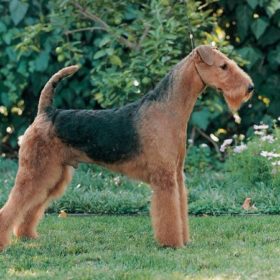 Airedale Terrier
Airedale Terrier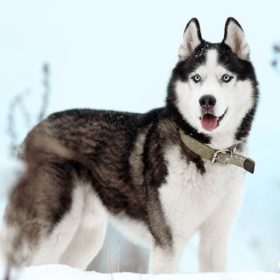 Siberian Husky
Siberian Husky